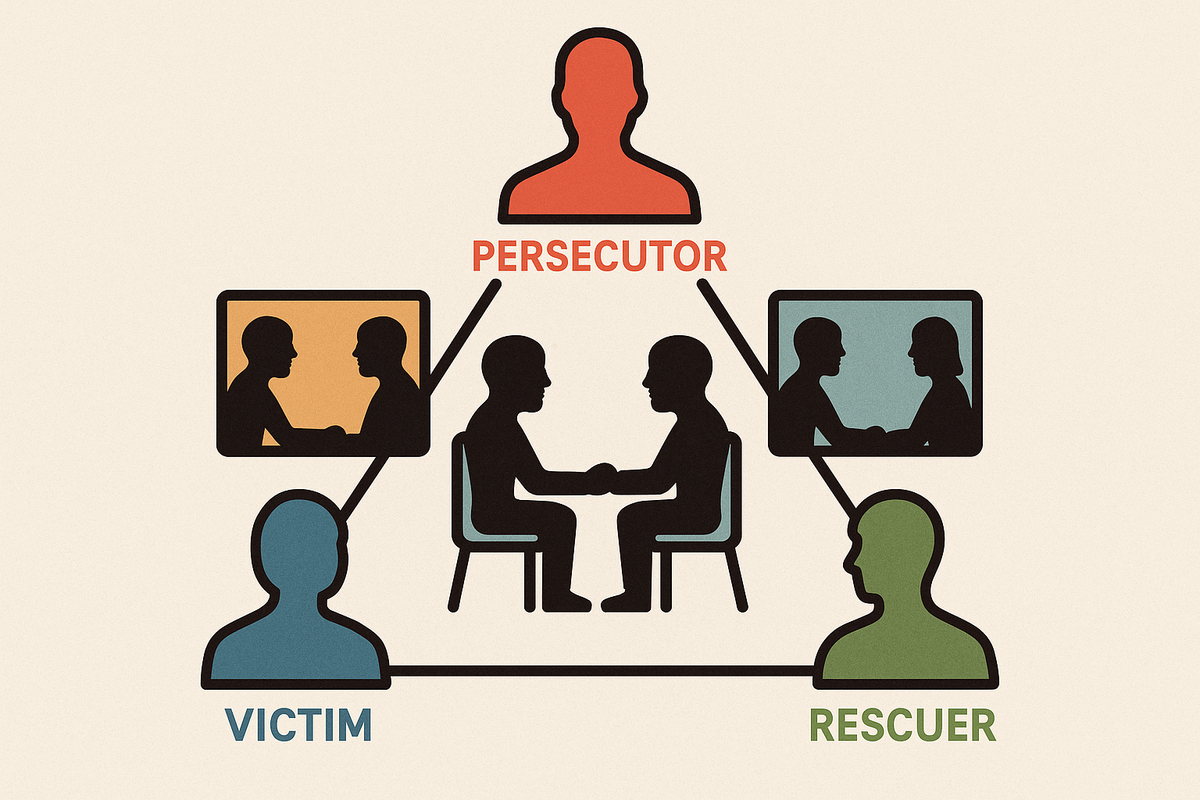One-on-Ones Might Be Making Your Team Worse, Not Better

I want to talk about something that’s been bothering me for a while:
The way people treat one-on-one meetings like some kind of magic management cure.
I suspect a placebo effect.
You know how a placebo pill can make you feel like you’re getting better, even though it doesn’t actually do anything?
There are many business "best" practices, that are in fact "placebo insights". I believe that one-on-ones are one of them.
To read the rest, you will need a "strategic" level subscription.
They can make people feel supported, which isn’t nothing, but that good feeling doesn’t necessarily lead to better results.
In fact, there’s almost no hard research that shows one-on-ones directly cause better team performance.
Yes, there’s survey data linking one-on-ones to higher engagement scores — meaning people say they feel more heard or more connected — but there’s a big difference between feeling good and actually doing better work.
Coffee and donuts in the office kitchen are also popular, but nobody calls them a management best practice.
So while I get that a lot of people really like one-on-ones, and some even swear by them, I think it’s worth looking hard at the problems they cause too.
One-on-Ones Open the Door to Drama Triangles
One of the biggest hidden problems with one-on-ones is that they create space for politicking.
More specifically, they set the stage for drama triangles.
The drama triangle, mapped out by Stephen Karpman, shows how dysfunctional relationships get stuck.
You have three roles:
- The victim (someone who feels hurt)
- The persecutor (someone seen as the source of the hurt)
- The rescuer (someone who tries to fix the situation)
It often starts when someone feels wronged — sometimes because something real happened, sometimes just because their feelings got twisted.
They bring their complaint privately to someone else (like a manager during a one-on-one).
That manager becomes the rescuer. Then the rescuer confronts the supposed persecutor.
Before you know it, feelings are hurt, sides are taken, and conflict spreads in ways that are totally disconnected from the actual work.
This is especially problematic in organizations that are wrestling with complexity— like healthcare or tech — where problems aren’t black and white. The dreaded VUCA environment.
Very often, there isn’t a clear “bad guy”; there are just competing priorities and approaches.
When conversations happen privately, the complexity gets flattened into “who hurt whom” narratives instead of “what are the tradeoffs” discussions.
When the drama triangle takes hold, people stop working problems out together.
- They build alliances.
- They maneuver behind each other’s backs.
- The leadership team loses visibility into what’s really happening.
The alternative?
Have the hard conversations out in the open, not behind closed doors.
There’s a Better Way — and Smart Companies Are Doing It
Interestingly, some major organizations have already figured this out.
- NVIDIA’s CEO Jensen Huang doesn’t do one-on-ones, and doesn’t like it when other people do either.He argues that in a company full of smart, capable people working on complex stuff, resolving issues privately deprives everyone else of critical context. You can’t solve complicated problems in private whispers. This is the interview that crystalized my opinion on this.
- Early Amazon under Jeff Bezos took a similar path. Instead of encouraging endless private meetings, they required people to write structured memos for major discussions. Everyone would read the document at the beginning of the meeting, so everyone had the same information before making a decision.
- Basecamp (37signals) also discourages private side conversations. They prefer clear, written updates and open group communication.
- Netflix has one-on-ones, but has a culture of direct feedback between peers, with managers coaching people to talk directly rather than triangulating.
- Bridgewater Associates (Ray Dalio’s hedge fund) took this idea to the extreme, holding super intense, radically transparent meetings where nothing was hidden. (Though it’s fair to say Bridgewater’s execution was so intense that it sometimes crossed into cruelty — not exactly the model to copy word-for-word.)
The Common Threads
Across all these examples, the common ideas are:
- Public decisions beat private scheming.
- Direct confrontation beats triangulation.
- Written clarity beats emotional, undocumented conversations.
When you replace one-on-ones with team discussions, you’re betting that people can handle complexity together rather than in secret little alliances.
You’re betting that adults can act like adults.
And when you add a little structure — like briefing memos or group read-ins — you can make conversations even better than the backroom deals that one-on-ones encourage. I think the best defense of this approach is illustrated in this talk by Ray Dalio.
What’s Next
In my next post, I’m going to dive into something even worse than drama triangles:
Groupthink — how private alliances, performative meetings, and unchallenged assumptions can quietly rot a good organization from the inside out.
Stay tuned.